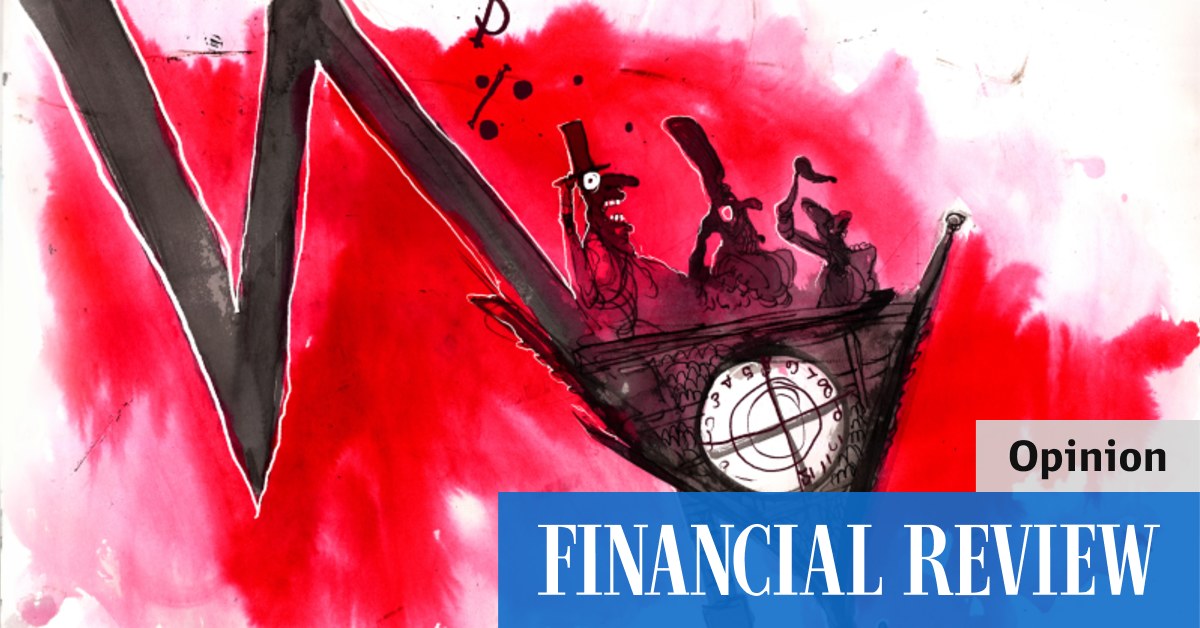Historically low unemployment and wage rises will soften the blow of falling house prices and rising mortgage rates for households, and the outlook for loan losses (currently also at historically low levels) will be closely watched.
Consumer spending is clearly going to fall in the second half of calendar 2022. What investors in the discretionary retail, gaming, consumer-facing manufacturing, media, travel, retail property, and financial services sector will look for this August is signs the slowdown is already biting, and guidance for what happens next.
Many stocks in these sectors have already failed anticipating what’s to come, so it may be that reporting season helps investors unearth some bargains.
Citi retail analyst Adrian Lemme, who has stress-tested discretionary retail earnings in a recessionary environment, says most stocks in the sector are trading around historically low valuations.
“The downside risk to share prices is mostly limited with potential for earnings to continue to positively surprise.”
The question of how resilient household spending goes to corporate margins.
As UBS strategist Richard Schellbach points out, February’s earnings season suggested companies had been able to push through hefty price rises without hurting demand and the June-quarter earnings season under way in the US also showed margins held up reasonably well. But how many more price rises will highly indebted Australian consumers take?
With some pressure on revenue likely, the focus on costs will be even more intense. Recent falls in commodity prices, decreasing shipping rates and easing supply chain disruptions bode well, but the trajectory of labor costs will concern investors.
June-quarter production reports from the mining sector make it clear rising wages and outright skills shortages remain an issue. How other sectors are faring on the labor front, and whether shortages are weighing on sales as some research has suggested, will be closely watched.
Schellbach argues margins are “elevated, but not extreme”. But they remain higher than they’ve been since the GFC and many of the tailwinds for profitability in the past decade – low-interest rates, low wage growth, cheap and easily accessible supply chains, falling tax rates – are now reversing.
It’s not just households dealing with higher interest expenses. Chris Nicol, equity strategist at Morgan Stanley, says net interest expenses in corporate Australia have been largely forgotten in recent years thanks to low rates, but the cost of short-term debt and working capital has risen sharply since May.
He says balance sheets are generally in strong shape, but warns investors could be surprised by rising debt costs.
Could caution around a higher cost of capital and the general outlook even lead companies to be more cautious about dividend payouts?
Rio Tinto certainly took a prudent approach to its interim dividend last week, and at the very least it seems unlikely that big dividend increases will be prevalent this reporting season.
Schellbach is more upbeat about the outlook for share buybacks, however, arguing that companies may look to seize on weakness in their share prices to put excess capital to work.
Investors should strap in for a bumpy four weeks, possibly with wild swings in share prices as companies report.
Given the pace at which macro conditions are changing, the potential for surprises when actual earnings are compared to outdated forecasts is elevated.
Secondly, companies may decide conditions are simply too unpredictable to provide guidance for the period ahead, increasing the likelihood of an uncertain market trades on uncertainty.
